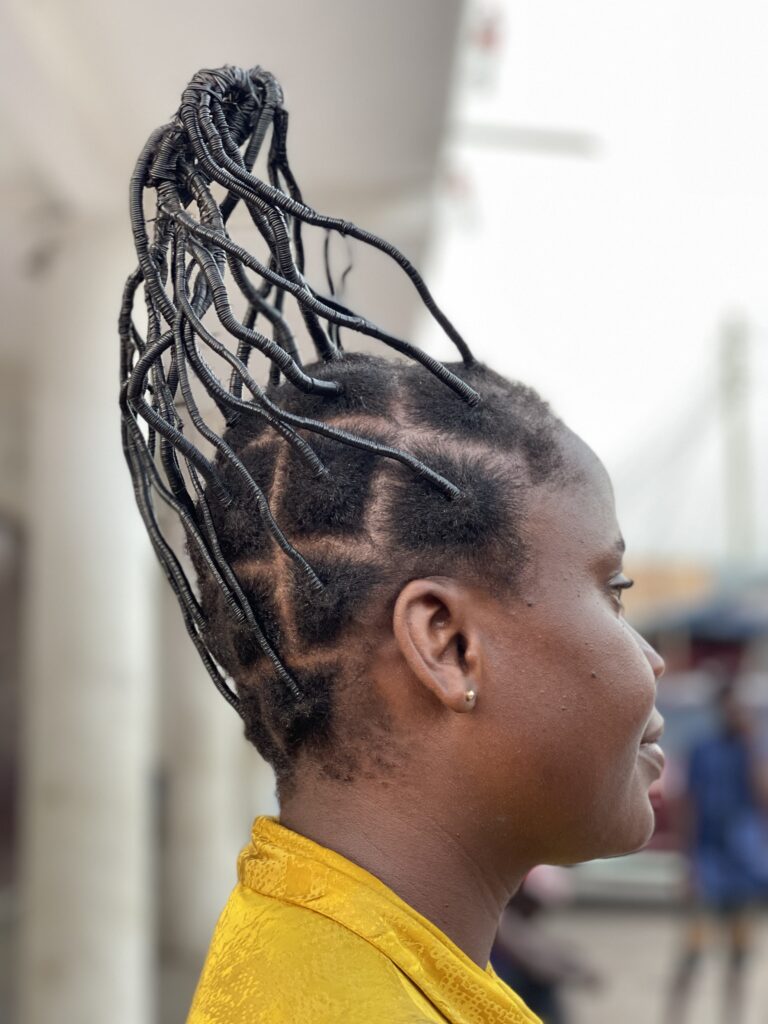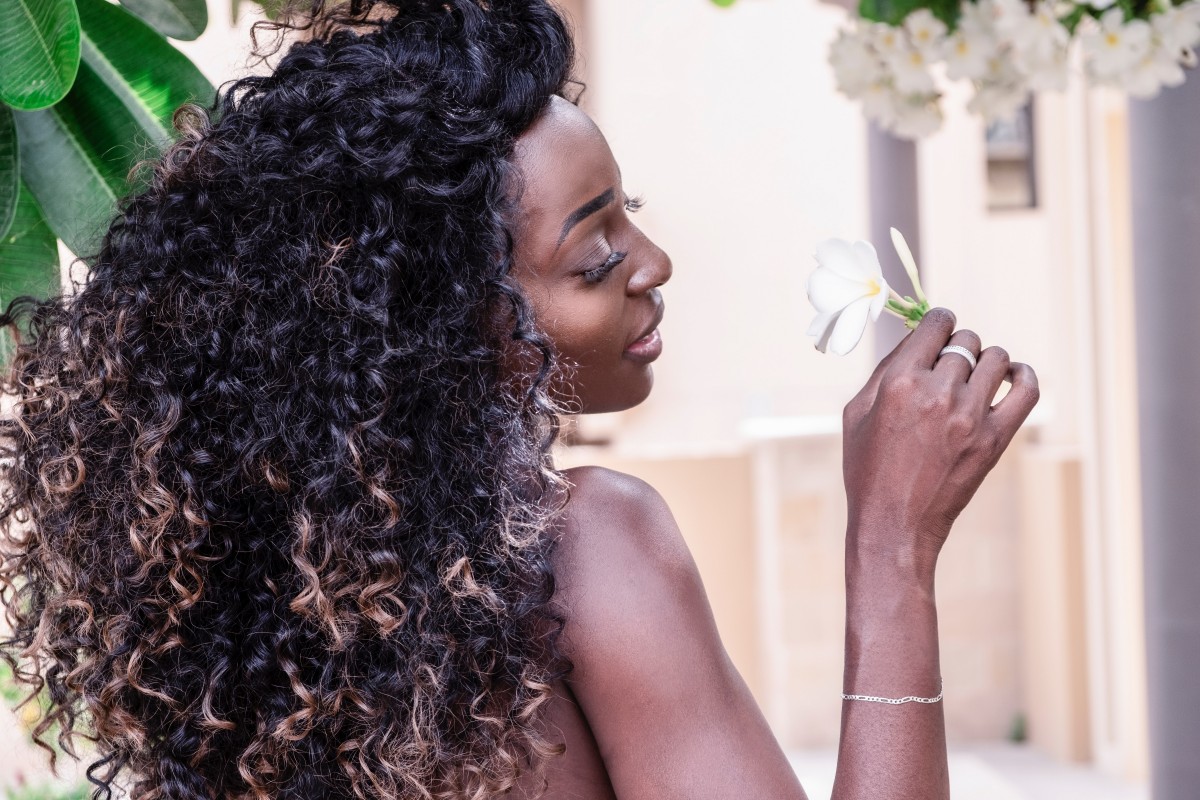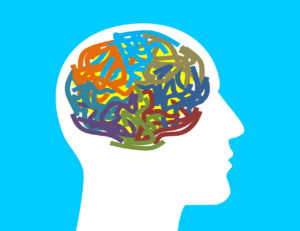Haircare Tips for Frizzy Hair – If you’ve ever battled with frizzy hair, you know how frustrating it can be to tame those unruly locks. But fear not! With the right care and techniques, you can transform your frizzy mane into smooth, manageable tresses that you’ll love to show off. In this comprehensive guide, we’ll explore everything you need to know about caring for frizzy hair, from understanding its causes to implementing an effective haircare routine.

Understanding Frizzy Hair
Frizzy hair is characterized by its tendency to stand away from the scalp and form a halo of unruly strands. It often feels coarse to the touch and lacks shine and smoothness. Contrary to popular belief, frizz is not a hair type but rather a condition that can affect anyone, regardless of their hair texture or ethnicity.
Causes of Frizzy Hair
Several factors can contribute to frizz, including environmental elements like humidity, heat, and cold weather. Additionally, hair texture plays a significant role, with naturally curly or wavy hair being more prone to frizz than straight hair. Chemical treatments, such as coloring or perming, can also damage the hair cuticle and lead to frizz. Moreover, inadequate moisture levels in the hair shaft can exacerbate frizziness.
Haircare Routine for Frizzy Hair
Choosing the Right Products
Start your frizz-fighting journey by selecting haircare products specifically formulated for frizzy hair. Look for shampoos and conditioners infused with moisturizing ingredients like argan oil, shea butter, or coconut oil. Avoid products containing sulfates and alcohol, as they can strip the hair of its natural oils and worsen frizz.
Washing Technique
When washing your hair, opt for lukewarm water instead of hot water, as hot water can strip the hair of its natural oils and contribute to frizz. Gently massage the shampoo into your scalp, avoiding rough scrubbing, which can rough up the hair cuticle and cause frizz. Rinse thoroughly with cool water to seal the cuticle and add shine.
Conditioning
Conditioning is essential for maintaining moisture balance in frizzy hair. Use a deep conditioning treatment once or twice a week to nourish and hydrate your locks. Additionally, incorporate a leave-in conditioner or hair serum into your daily routine to provide extra moisture and combat frizz.
Drying Methods
When drying your hair, avoid rubbing it vigorously with a towel, as this can cause friction and increase frizz. Instead, gently blot your hair with a soft, microfiber towel to remove excess water. For natural drying, allow your hair to air dry partially before using a diffuser attachment on your blow dryer to dry the rest of the way.
Styling Tips
When styling frizzy hair, opt for techniques that minimize friction and damage. Avoid brushing your hair when it’s dry, as this can disrupt the hair cuticle and cause frizz. Instead, use a wide-tooth comb or your fingers to detangle wet hair gently. Embrace your natural texture by scrunching your hair with a curl-enhancing mousse or gel for defined curls.
Natural Remedies for Frizzy Hair
If you prefer natural alternatives, there are several DIY remedies that can help tame frizz. Coconut oil, olive oil, and avocado are excellent natural moisturizers that can nourish and hydrate frizzy hair. You can also create homemade hair masks using ingredients like honey, yogurt, and bananas to add moisture and shine.
Professional Treatments
For more intensive frizz control, consider professional treatments such as keratin treatments or chemical smoothing treatments. These salon services can help temporarily relax the hair cuticle and create a smoother, sleeker appearance. However, it’s essential to consult with a professional stylist to determine the best treatment option for your hair type and condition.
Lifestyle Changes for Healthier Hair
In addition to external care, making lifestyle changes can also improve the overall health of your hair. Minimize stress levels through relaxation techniques such as meditation or yoga, as stress can contribute to hair loss and breakage. Additionally, prioritize getting enough sleep each night, as lack of sleep can impair hair growth and quality.
Diet and Nutrition
A balanced diet rich in vitamins and minerals is essential for healthy hair growth. Incorporate foods high in protein, such as lean meats, fish, and legumes, to support hair strength and elasticity. Omega-3 fatty acids found in foods like salmon, walnuts, and flaxseeds can also promote shiny, lustrous hair.
Protective Hairstyles
Protective hairstyles can help minimize damage and breakage, especially for frizzy hair prone to tangling. Opt for styles like braids, twists, or buns that keep the ends of your hair tucked away and protected. Avoid tight hairstyles that can pull on the hair shaft and cause tension, leading to breakage.
Sleep Habits
Protect your hair while you sleep by using a silk or satin pillowcase, which reduces friction and prevents frizz. Alternatively, wrap your hair in a silk scarf or bonnet to protect it from rubbing against rough cotton pillowcases. You can also apply a leave-in conditioner or hair oil before bed to lock in moisture and prevent dryness.
Managing Humidity
Humidity can wreak havoc on frizzy hair, causing it to swell and become even more unruly. Combat humidity-induced frizz by using anti-humidity hair products like serums or creams that create a protective barrier against moisture. Additionally, consider wearing protective styles or updos to keep your hair contained and minimize exposure to humidity.
Avoiding Heat Damage
Excessive heat styling can damage the hair cuticle and exacerbate frizz. To prevent heat damage, limit the use of hot tools like flat irons and curling wands and always use a heat protectant spray before styling. Embrace heat-free styling techniques like air drying or heatless curls to minimize damage and maintain healthy hair.
Trimming Regularly
Regular trims are essential for keeping frizzy hair in tip-top shape. Trimming removes split ends and prevents them from traveling up the hair shaft, causing further damage and breakage. Schedule regular appointments with your hairstylist every 6-8 weeks to keep your hair looking healthy and vibrant.
Conclusion
Managing frizzy hair doesn’t have to be a daunting task. By understanding the causes of frizz and implementing a targeted haircare routine, you can transform your frizzy locks into smooth, shiny tresses that you’ll be proud to flaunt. Remember to choose the right products, embrace your natural texture, and make lifestyle changes that promote overall hair health. With these tips and tricks, you’ll be well on your way to achieving your hair goals and saying goodbye to frizz for good.
FAQs
- Can frizzy hair be permanently straightened?
- While there are treatments like keratin treatments or chemical straightening, these are temporary and require maintenance.
- How often should I wash my frizzy hair?
- It’s best to wash frizzy hair no more than 2-3 times a week to prevent stripping the hair of its natural oils.
- Are there any foods that can help reduce frizz?
- Foods rich in omega-3 fatty acids, vitamins A and E, and biotin can promote healthier hair and potentially reduce frizz.
- Can I use regular hair products on frizzy hair?
- It’s best to use products specifically formulated for frizzy hair, as they contain ingredients that help combat frizz and provide moisture.
- Is it possible to over-condition frizzy hair?
- Yes, over-conditioning can weigh down the hair and make it appear greasy. Use conditioning treatments sparingly and focus on the mid-lengths to ends of your hair.




